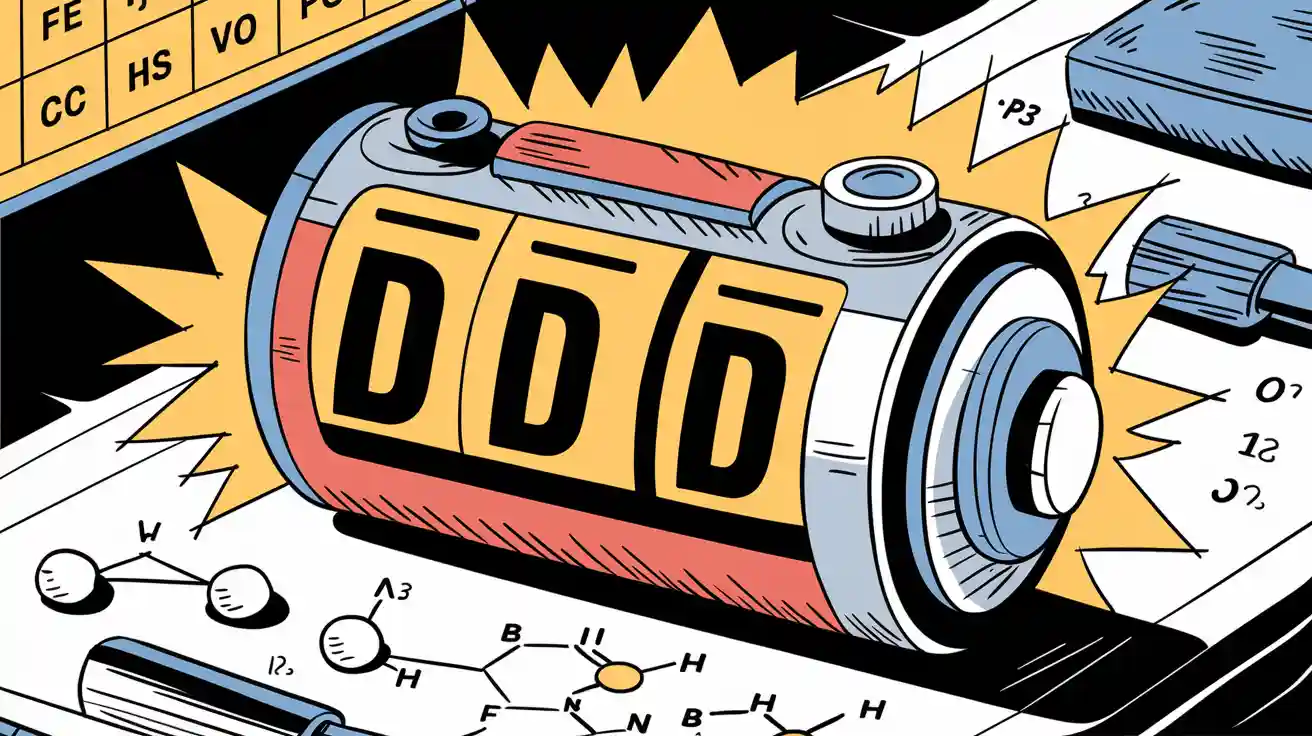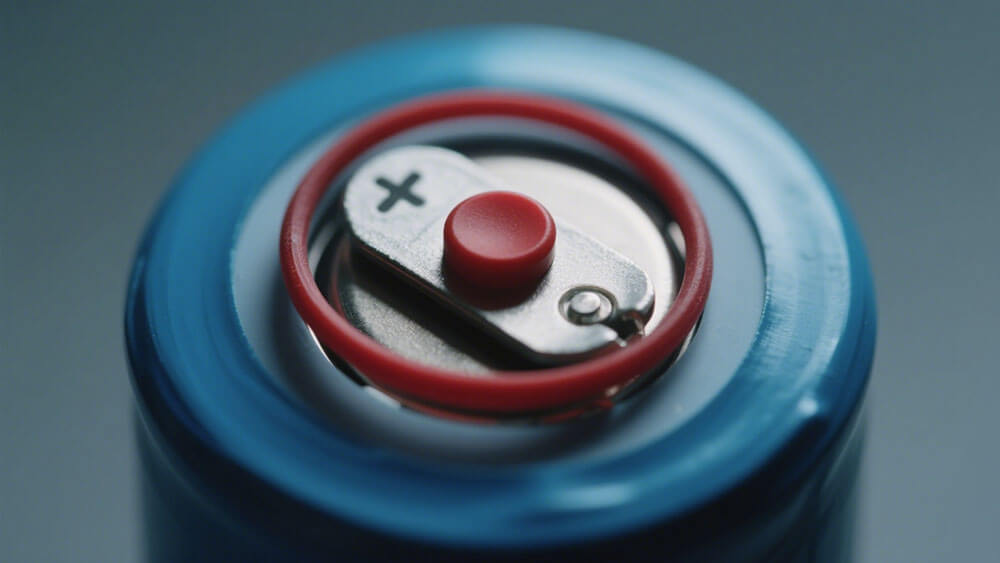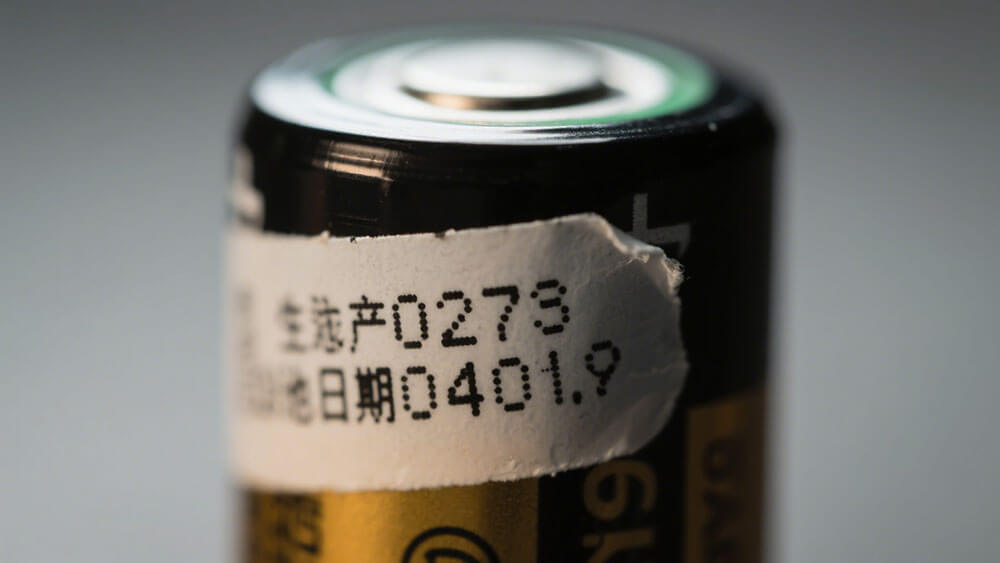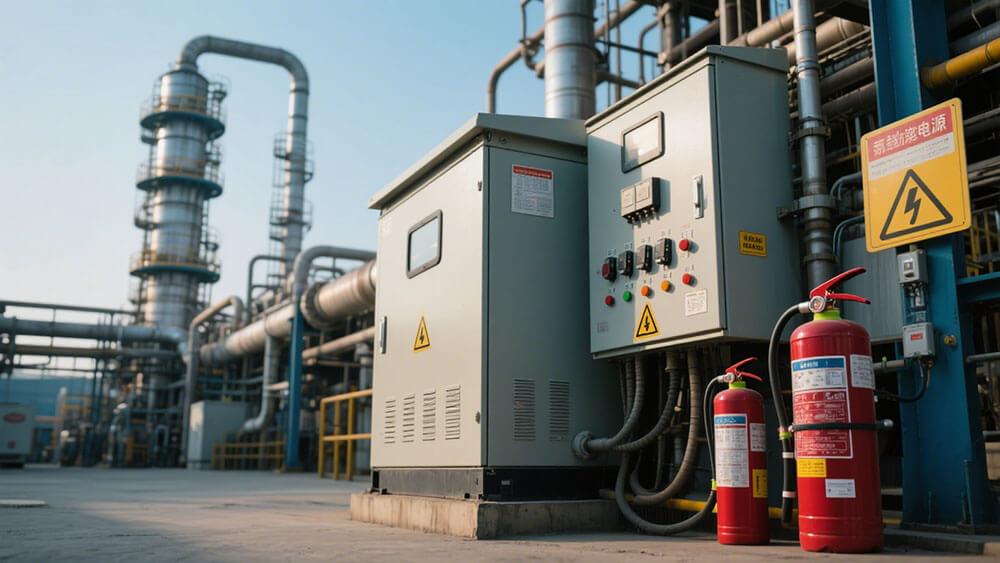
When you explore power solutions for demanding environments, DD batteries stand out for their robust design and reliable performance. These cylindrical cells offer consistent voltage output and high capacity, making them indispensable in industrial applications like robotics and infrastructure. Their compatibility with lithium battery packs enhances their versatility across critical systems requiring precision and durability.
Tip: For custom battery solutions tailored to industrial needs, visit our consultation page.
Key Takeaways
DD batteries store a lot of energy, perfect for industries needing long use.
Lithium DD batteries work well, giving steady power and lasting in tough conditions.
Recycling and safe disposal are important to reduce harm to the environment.
Part 1: Specifications of DD Batteries

1.1 Dimensions and Voltage Ratings
Understanding the physical dimensions and voltage ratings of DD batteries is crucial for selecting the right power solution for your application. These batteries typically measure approximately 90–100 mm in height and 60–70 mm in diameter, making them larger than standard cylindrical cells like AA or C batteries. Their size allows for higher energy storage, which is essential for industrial systems requiring extended operational periods.
Voltage ratings vary depending on the battery chemistry. Alkaline DD batteries deliver a nominal voltage of 1.5V, while rechargeable options like NiCd and NiMH provide 1.2V. Lithium-based DD batteries, including lithium-ion and lithium thionyl chloride variants, offer a higher voltage of 3.6V. This versatility in voltage makes DD batteries suitable for diverse applications, from robotics to infrastructure systems.
Measurement Type | Value |
|---|---|
Height | Approximately 90–100 mm |
Diameter | Around 60–70 mm |
Alkaline Voltage | 1.5V |
NiCd/NiMH Voltage | 1.2V |
Lithium Voltage | 3.6V |
Tip: When designing systems that require precise voltage control, consider lithium-based DD batteries for their consistent output and compatibility with advanced battery management systems (BMS).
1.2 Capacity and Energy Density
The capacity of DD batteries, measured in milliampere-hours (mAh), determines how long they can power your devices. Alkaline DD batteries typically offer capacities ranging from 10,000 to 20,000 mAh, while rechargeable options like NiMH can reach up to 25,000 mAh. Lithium DD batteries excel in this category, with capacities exceeding 30,000 mAh.
Energy density, expressed in watt-hours per kilogram (Wh/kg), highlights the efficiency of DD batteries in storing energy relative to their weight. Lithium-ion DD batteries boast an energy density of 160–270 Wh/kg, outperforming NiMH and alkaline variants. This makes them ideal for applications requiring lightweight yet powerful energy solutions, such as robotics and medical devices.
Note: High energy density is a critical factor for portable systems, including consumer electronics and security systems, where weight and size constraints are significant.
1.3 Performance Metrics and Reliability
Performance metrics like discharge rate, cycle life, and temperature tolerance define the reliability of DD batteries. Lithium-ion DD batteries, for instance, offer a cycle life of 1,000–2,000 cycles, ensuring long-term usability. Their discharge rate remains stable across various temperatures, making them suitable for harsh industrial environments.
Alkaline DD batteries, while cost-effective, have limited cycle life and are prone to voltage drops under high loads. NiMH DD batteries provide better reliability but require regular maintenance to prevent memory effect. Lithium-based DD batteries stand out for their superior performance, especially in applications demanding high reliability, such as infrastructure and robotics.
Tip: For systems operating in extreme conditions, lithium thionyl chloride DD batteries offer exceptional temperature tolerance and reliability.
Part 2: Chemistry of DD Batteries

2.1 Lithium Thionyl Chloride Composition
Lithium thionyl chloride batteries represent a specialized chemistry often found in non-rechargeable DD batteries. These cells utilize lithium as the anode and thionyl chloride (SOCl₂) as both the electrolyte and cathode material. This unique composition enables high energy density and exceptional temperature tolerance, making lithium DD batteries ideal for industrial applications requiring reliability in extreme conditions.
The chemical reactions within lithium thionyl chloride batteries are highly efficient, producing minimal self-discharge and ensuring long shelf life. For example, the primary reaction—2 SOCl₂ + 4 Li → 4 LiCl + SO₂ + S—illustrates the conversion of thionyl chloride into stable by-products like lithium chloride and sulfur dioxide. However, alternative reactions may occur under specific conditions, such as SOC₁₂ + H₂O → HCl + SO₂, which can lead to hazardous decomposition in the presence of moisture.
Reaction Type | Reaction Equation |
|---|---|
Common Cell Reaction | 2 SOCl₂ + 4 Li → 4 LiCl + SO₂ + S |
Alternative Reaction 1 | 3 SOCl₂ + 8 Li → Li₂SO₃ + 6 LiCl + 2 S |
Decomposition Reaction in Moisture | SOCl₂ + H₂O → HCl + SO₂ (violent decomposition) |
Note: Lithium thionyl chloride batteries are highly sensitive to external factors like temperature and physical damage. Proper handling and storage are essential to prevent safety risks.
2.2 Impact of Chemistry on Performance
The chemistry of DD batteries directly influences their performance metrics, including energy density, cycle life, and thermal stability. Lithium thionyl chloride batteries excel in energy density, offering up to 500 Wh/kg, which surpasses other lithium chemistries like LiFePO₄ and NMC. Their ability to operate in temperatures ranging from -55°C to 150°C makes them indispensable for infrastructure systems and robotics applications.
Research highlights the role of the solid-electrolyte interphase (SEI) in enhancing battery safety and performance. The SEI layer, formed during initial charging cycles, prevents electrolyte decomposition and stabilizes the battery’s internal environment. Studies using techniques like Soft X-ray Absorption Spectroscopy and Resonant Inelastic X-ray Scattering (RIXS) have provided insights into the chemical state evolution within battery materials.
Soft X-ray Absorption Spectroscopy: Quantifies transition metal redox couples in lithium-ion battery electrodes.
Resonant Inelastic X-ray Scattering (RIXS): Offers high sensitivity to chemical state changes during battery operation.
Tip: For applications requiring high reliability, consider lithium DD batteries with advanced SEI compositions to mitigate risks like thermal runaway and self-heating.
2.3 Environmental Considerations and Recycling
The environmental impact of DD batteries depends on their chemistry and end-of-life management. Non-rechargeable DD batteries, particularly lithium thionyl chloride variants, pose challenges due to hazardous by-products like sulfur dioxide and hydrogen chloride. Recycling these batteries requires specialized processes to recover valuable materials like lithium and cobalt while neutralizing toxic substances.
By 2025, retired batteries from electric vehicles and industrial systems are projected to reach 1.3 million tons. Recycling initiatives focus on dismantling batteries to extract materials and repurposing cells with residual capacity. For example, NEV batteries retain 70%-80% of their original capacity after use, enabling secondary applications in energy storage systems.
Key Recycling Methods:
Resourceful dismantling for lithium, nickel, and cobalt recovery.
Gradient utilization for batteries with high residual capacity.
Learn More: Explore sustainable battery solutions and recycling practices on our sustainability page.
Part 3: Applications and Comparisons

3.1 Industrial Use Cases for DD Batteries
DD batteries play a pivotal role in powering industrial systems that demand reliability and high energy output. Their robust design and extended operational life make them ideal for applications such as robotics, infrastructure, and medical devices. For instance, robotics systems often rely on lithium-based DD batteries for their high energy density and consistent voltage output, ensuring uninterrupted performance during complex operations. Learn more about robotics applications.
In infrastructure systems, DD batteries provide dependable power for transportation networks, communication systems, and emergency backup solutions. Their ability to operate in extreme temperatures enhances their suitability for outdoor installations. Medical devices, including portable diagnostic equipment, benefit from the long shelf life and stable discharge rates of DD batteries. Explore medical battery solutions.
Tip: For custom battery solutions tailored to industrial applications, visit our consultation page.
3.2 Rechargeable vs. Non-Rechargeable DD Batteries
Choosing between rechargeable and non-rechargeable DD batteries depends on your application requirements. Non-rechargeable DD batteries, such as alkaline D batteries, offer high specific energy and long storage times, making them suitable for remote locations or emergency systems. Rechargeable DD batteries, including NiMH and lithium-ion variants, provide lower specific energy but can be reused multiple times, reducing long-term costs.
Key Differences:
Non-rechargeable batteries excel in immediate use scenarios due to their high energy density.
Rechargeable DD batteries deliver cost savings over time through multiple charge cycles.
Primary batteries perform well at low discharge currents, while secondary batteries handle higher loads effectively.
Rechargeable NiMH D batteries stand out for their environmental benefits and compatibility with battery management systems (BMS). However, you must consider the initial investment and maintenance requirements when opting for rechargeable solutions. Learn more about BMS operations.
3.3 Comparison to Lithium Battery Packs
Lithium battery packs and DD batteries share similarities in chemistry but differ in form factor and application scope. While lithium-ion DD batteries offer high energy density and compact design, lithium battery packs provide modularity and scalability for larger systems.
Feature | Lithium Battery Packs | Lithium DD Batteries |
|---|---|---|
Energy Density | 160–270 Wh/kg (NMC) | 160–270 Wh/kg (NMC) |
Cycle Life | 1,000–2,000 cycles | 1,000–2,000 cycles |
Form Factor | Modular, customizable | Cylindrical, fixed dimensions |
Applications | Electric vehicles, grid storage | Robotics, medical devices |
Lithium battery packs excel in large-scale applications like electric vehicles and energy storage systems. DD batteries, on the other hand, are better suited for portable devices and industrial systems requiring compact power solutions. For businesses evaluating the best DD battery or lithium battery pack, consider your system’s energy demands and scalability requirements.
Note: Both options benefit from advanced lithium chemistries like LiFePO4 and NMC, ensuring reliability and efficiency. Explore LiFePO4 batteries.
DD batteries offer robust specifications, including high energy density and reliable performance metrics, making them indispensable for industrial systems. Their advanced chemistries, such as lithium thionyl chloride, ensure durability in extreme conditions. However, non-rechargeable variants pose environmental challenges, requiring specialized recycling processes.
Advantages and Limitations
Advantages:
High energy density supports extended operational periods.
Reliable performance in harsh environments enhances industrial applications.
Compatibility with battery management systems (BMS) optimizes efficiency.
Limitations:
Non-rechargeable options increase long-term costs.
Environmental impacts require careful end-of-life management.
Insights for Businesses
When evaluating DD batteries versus lithium battery packs, consider the following:
Life Cycle Assessments (LCA): Sustainability studies emphasize reducing emissions during battery enclosure production, which accounts for up to 63% of environmental impacts.
Application Scope: DD batteries excel in portable systems, while lithium battery packs suit large-scale applications like transportation and grid storage.
For tailored solutions, consult Large Power’s custom battery solutions.
FAQ
1. What makes DD batteries suitable for industrial applications?
DD batteries offer high energy density, reliability, and compatibility with battery management systems (BMS). These features make them ideal for powering industrial systems.
2. How do DD batteries compare to lithium-ion battery packs?
Lithium-ion battery packs provide modular scalability for large systems, while DD batteries excel in compact applications like robotics and medical devices. Explore lithium-ion batteries.
3. Can DD batteries be customized for specific needs?
Yes, Large Power offers tailored DD battery solutions for diverse applications, ensuring optimal performance and reliability. Consult us.




